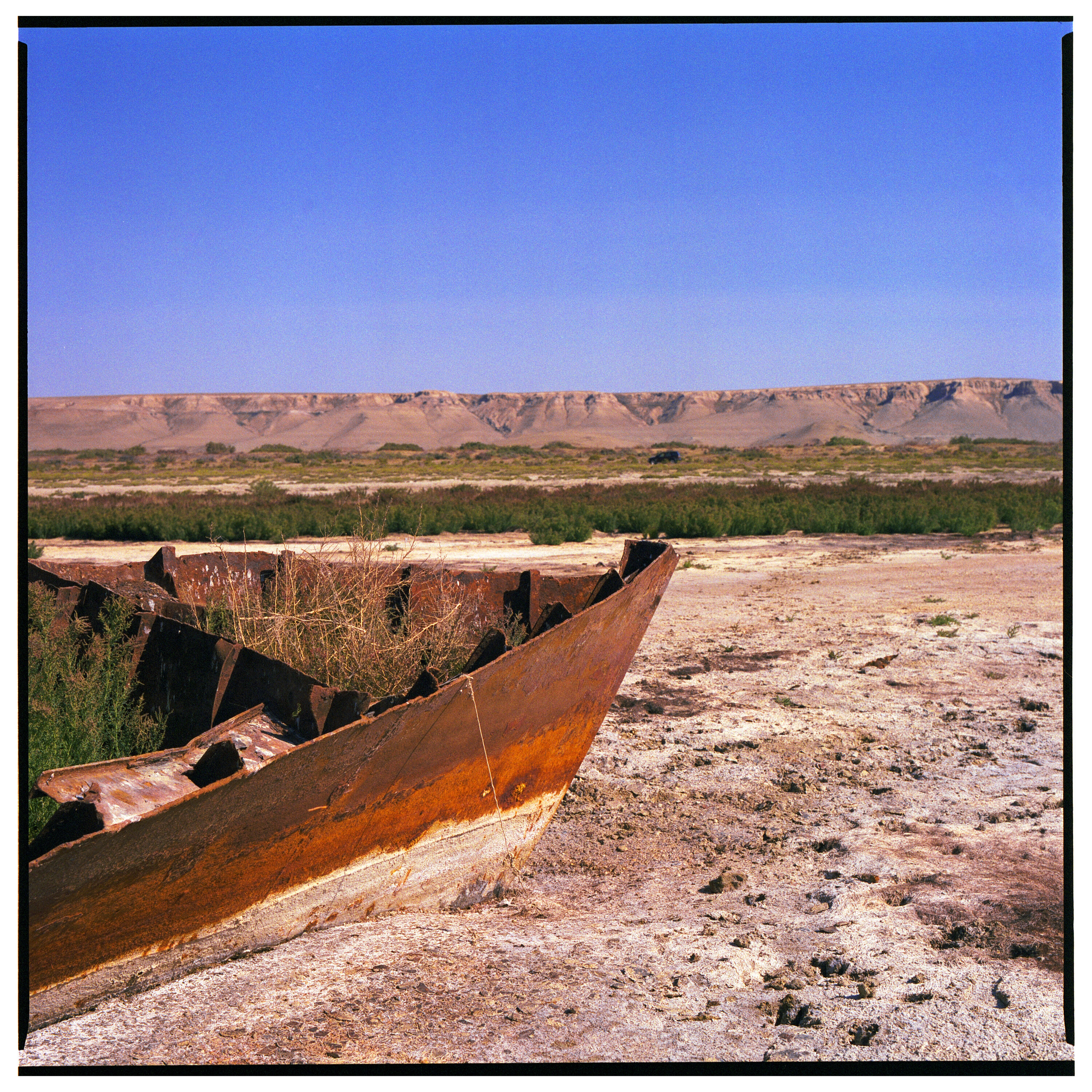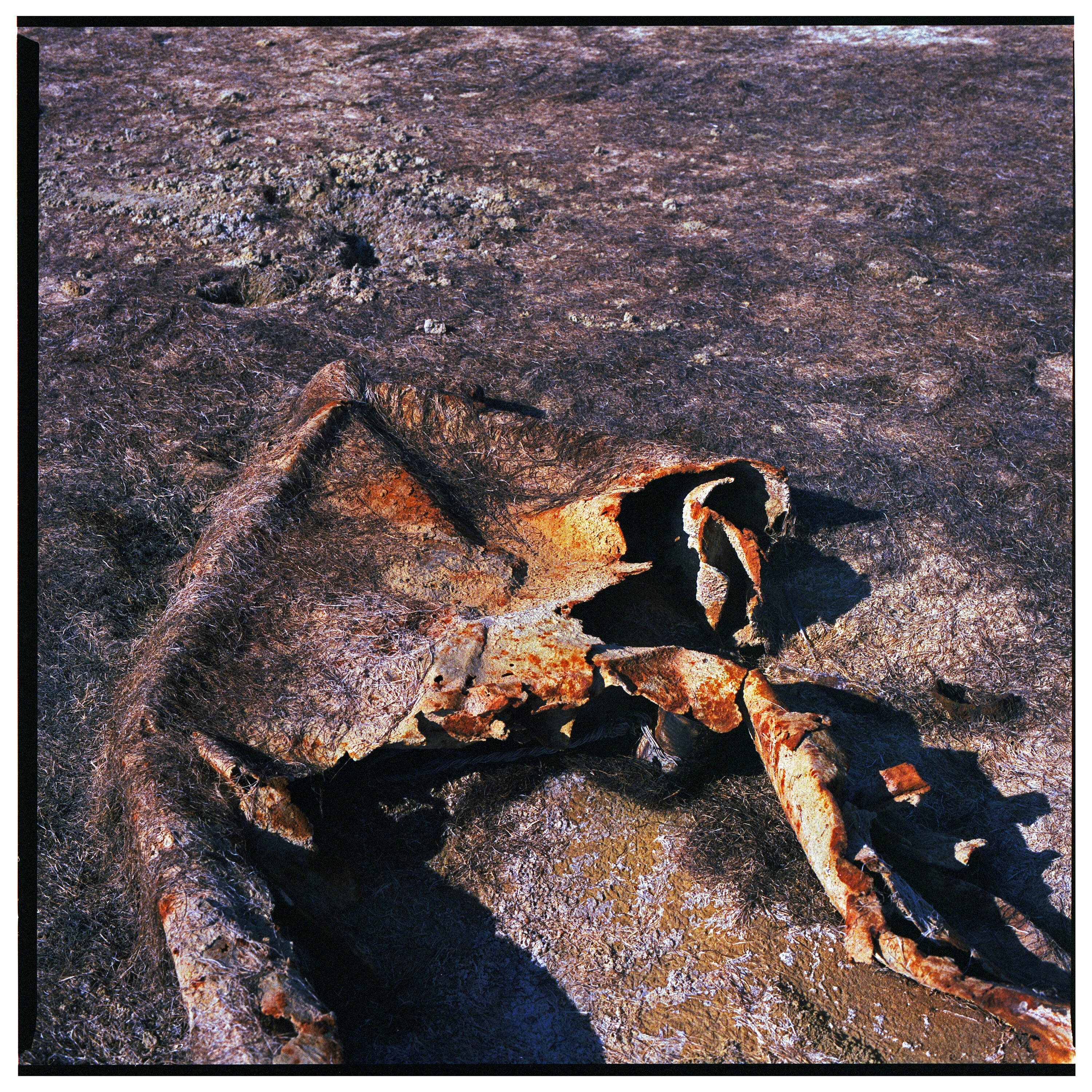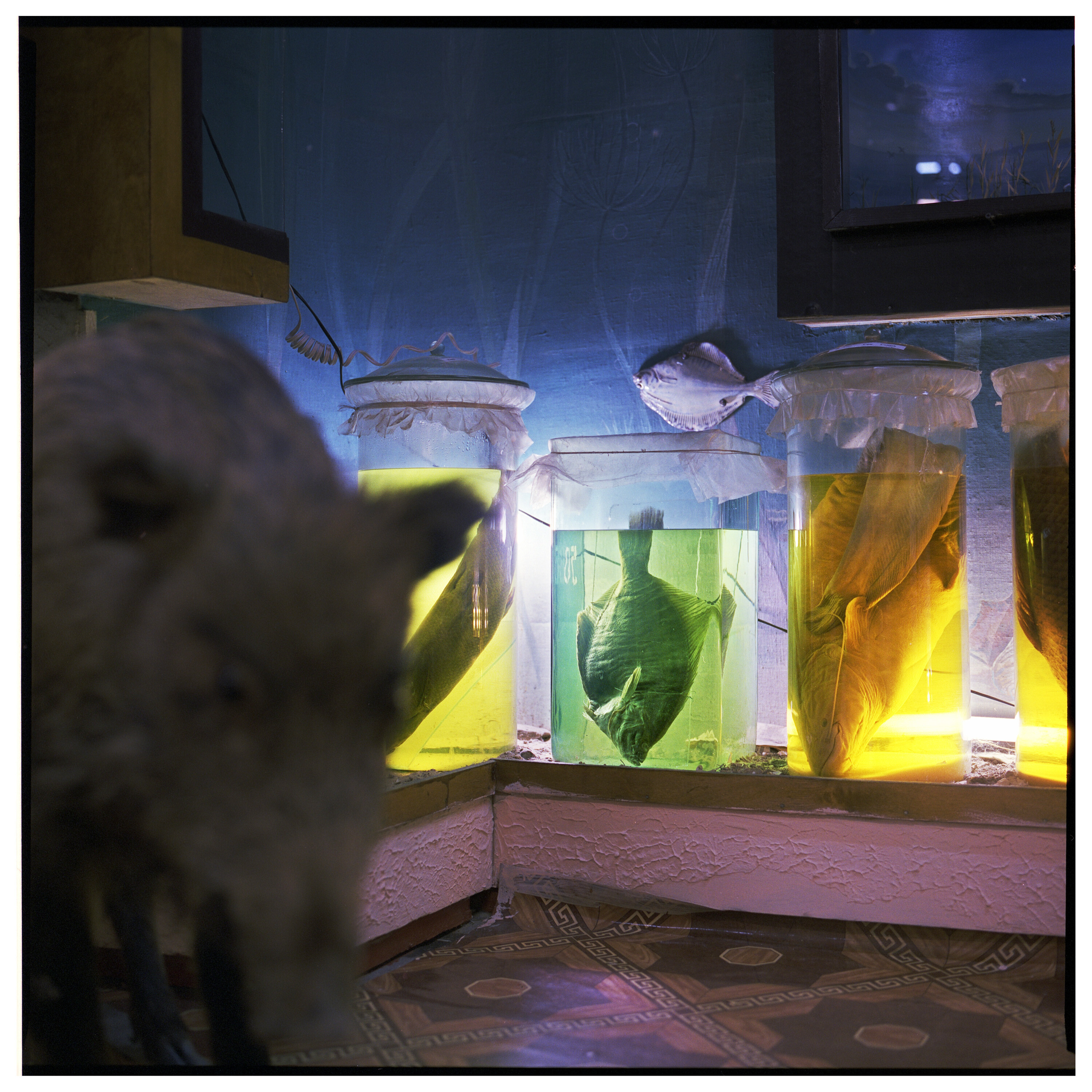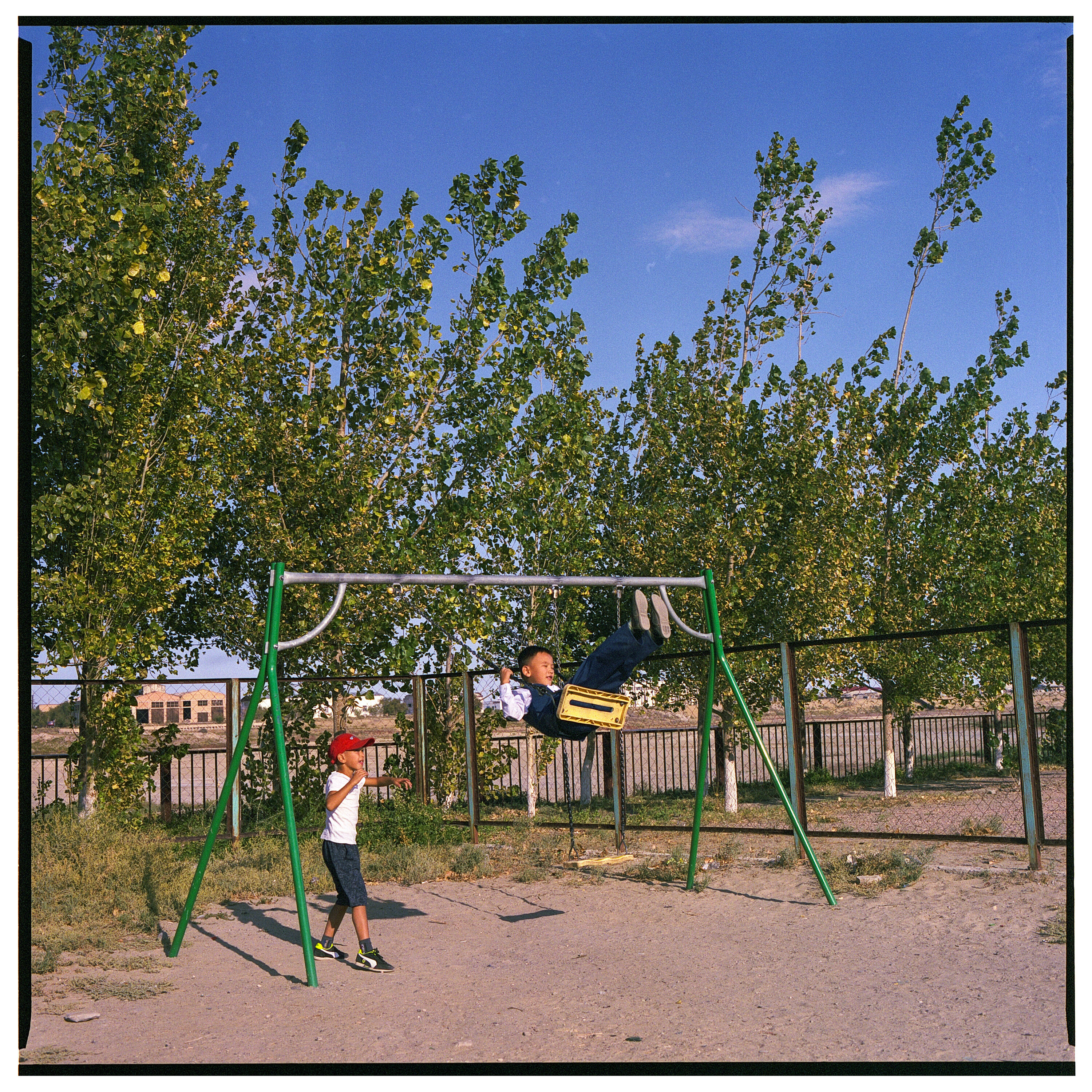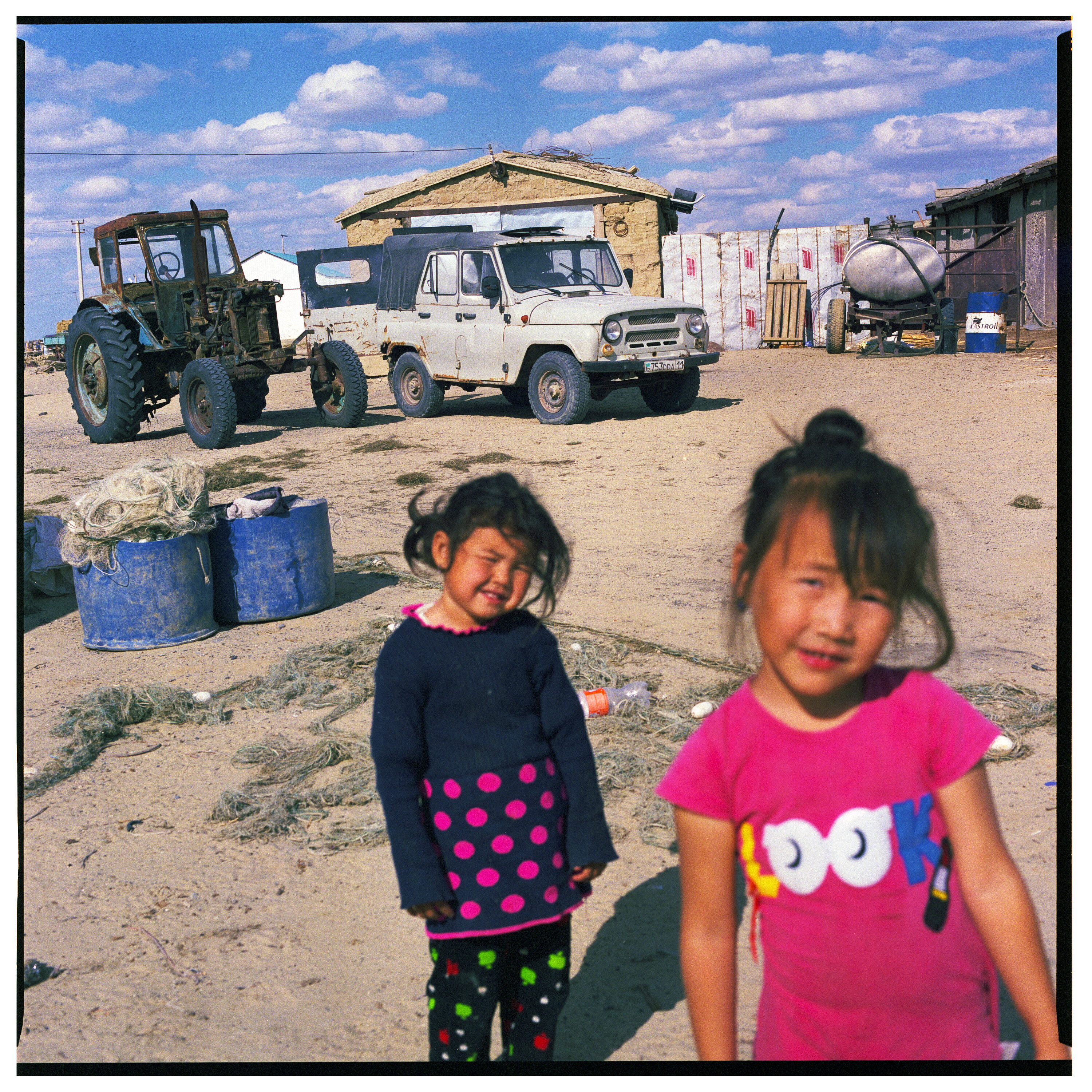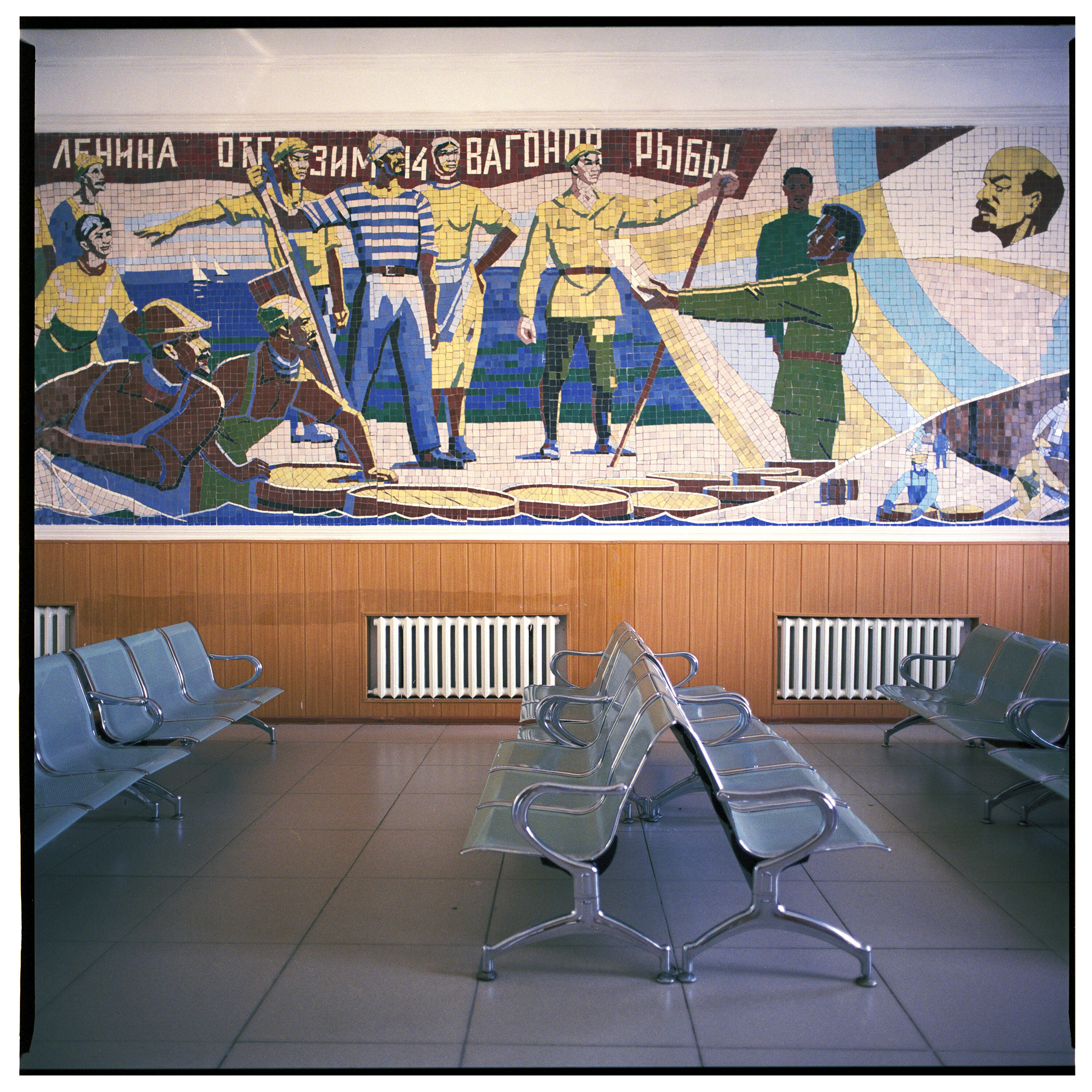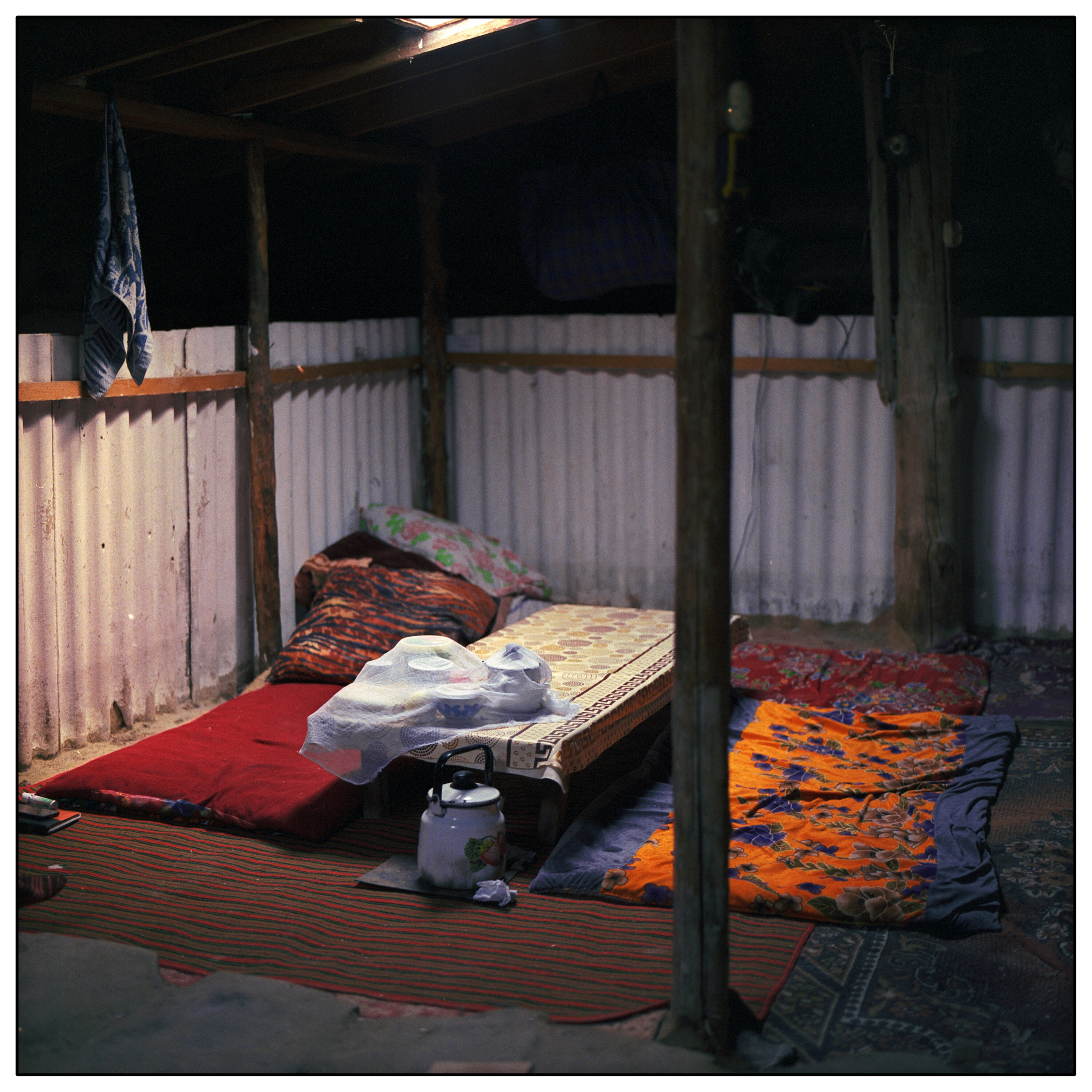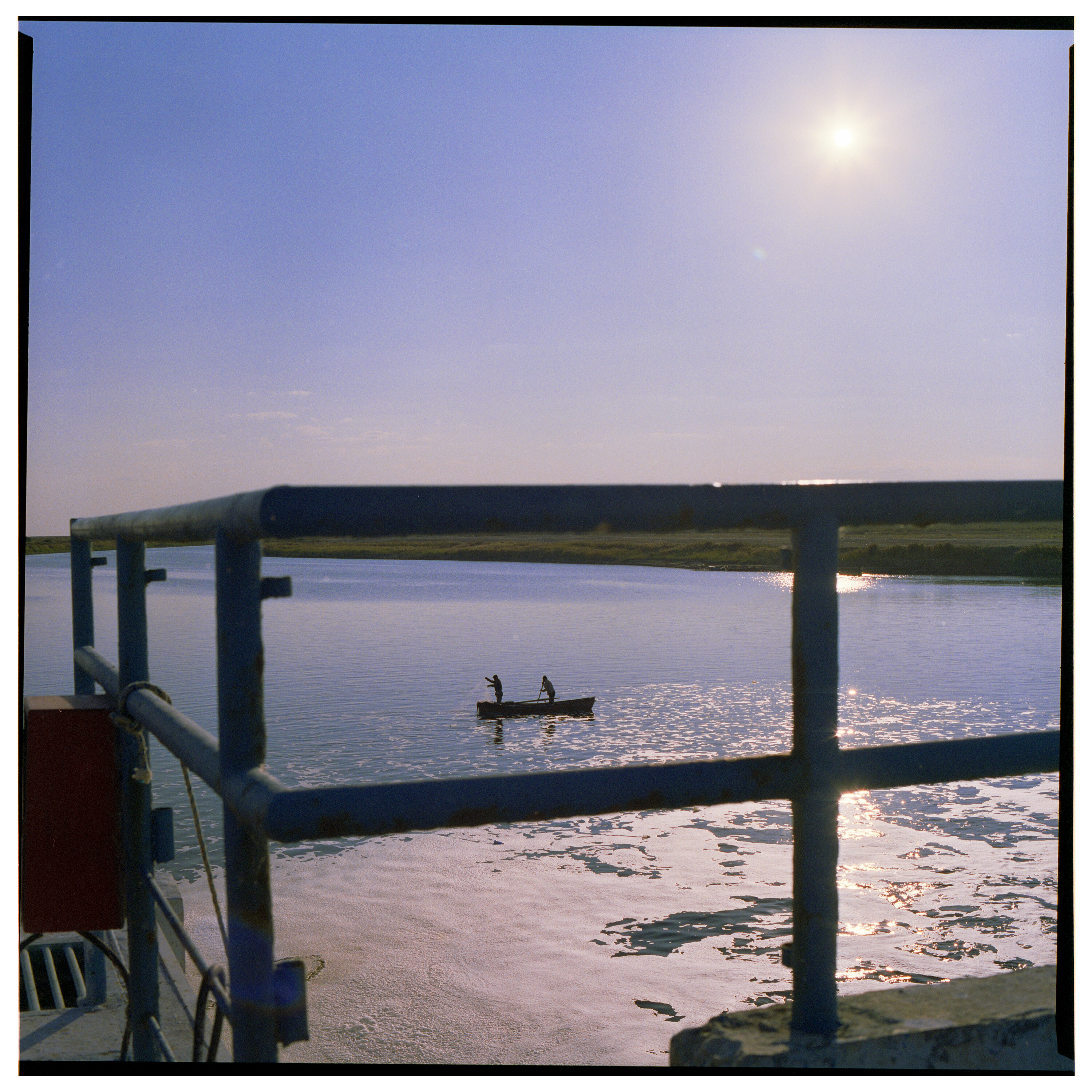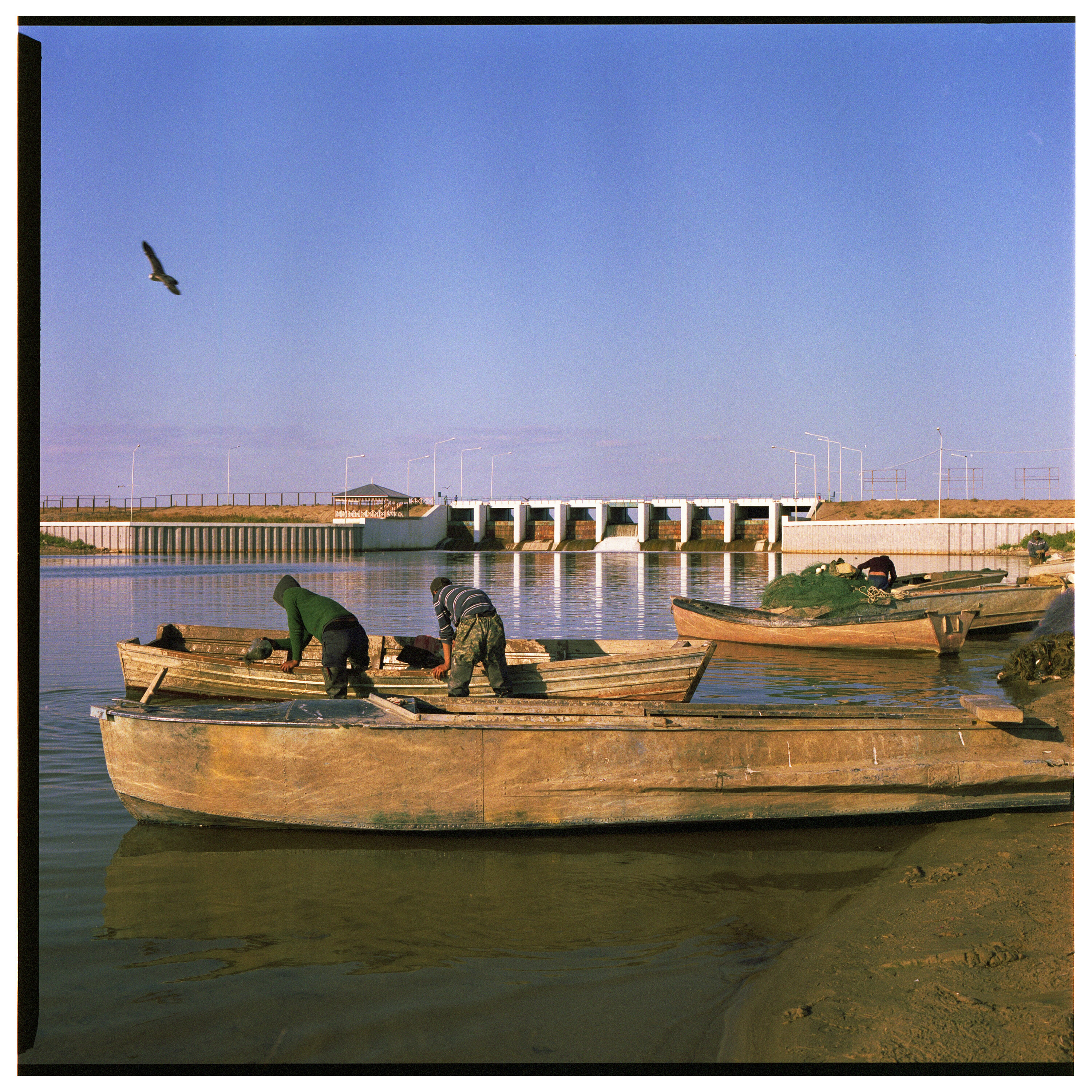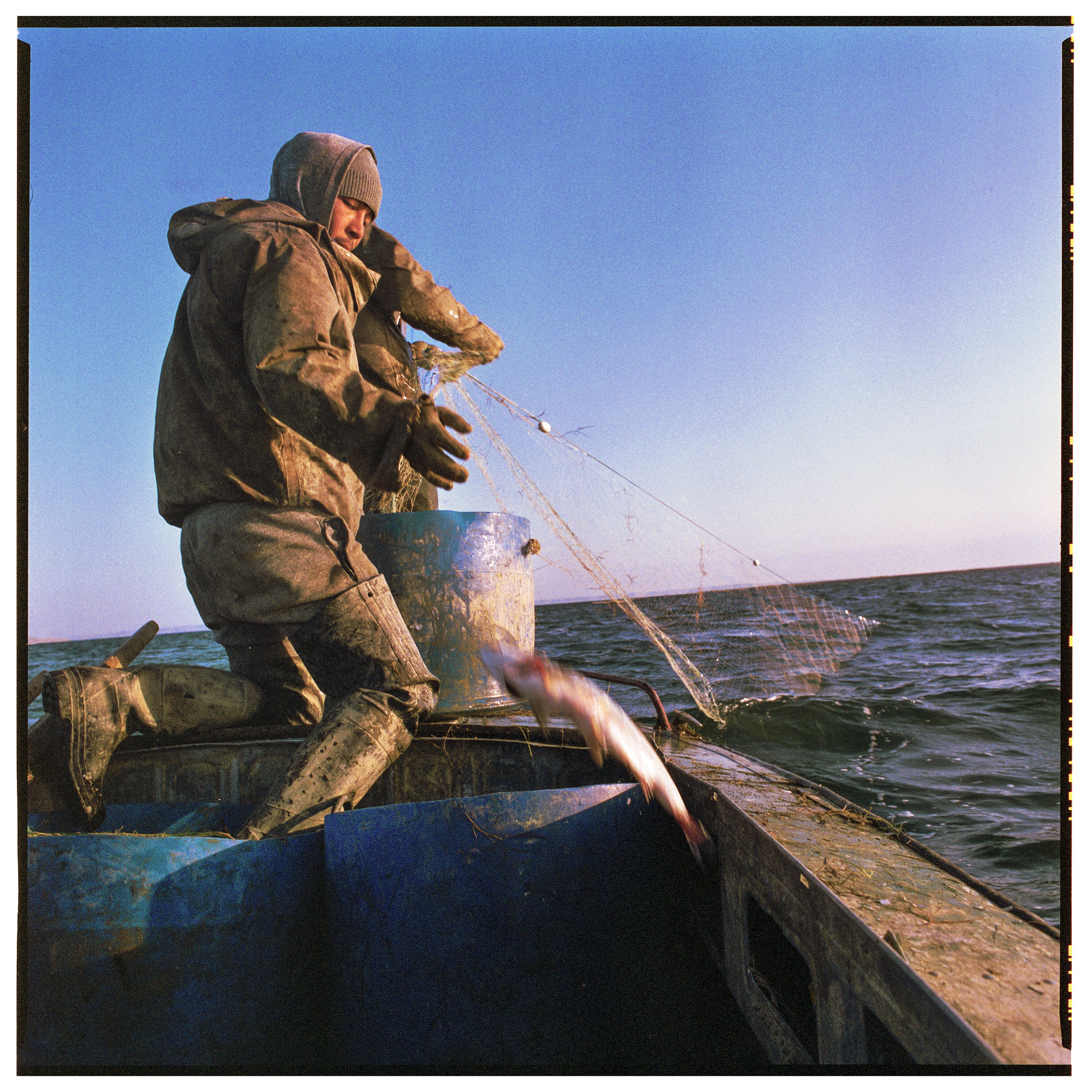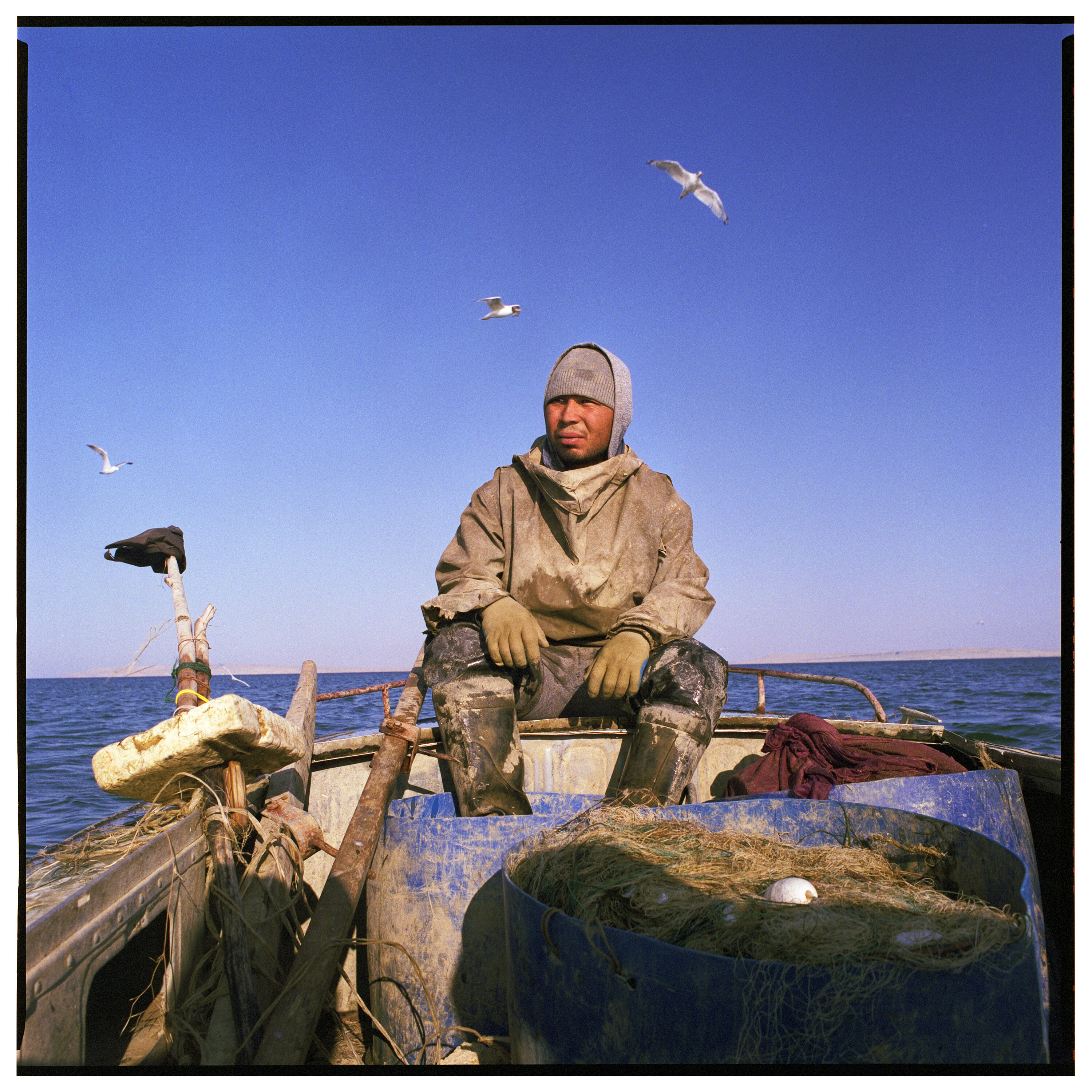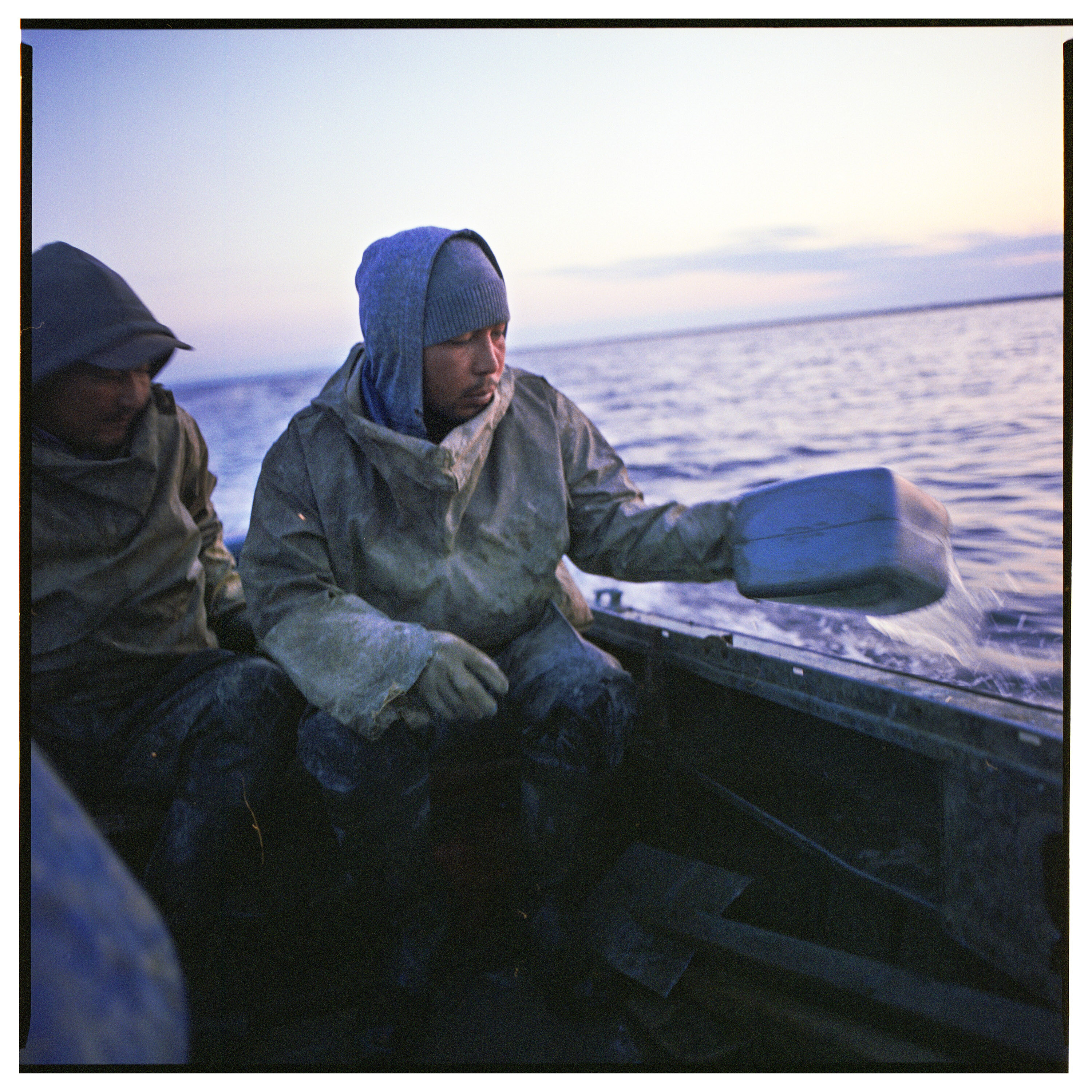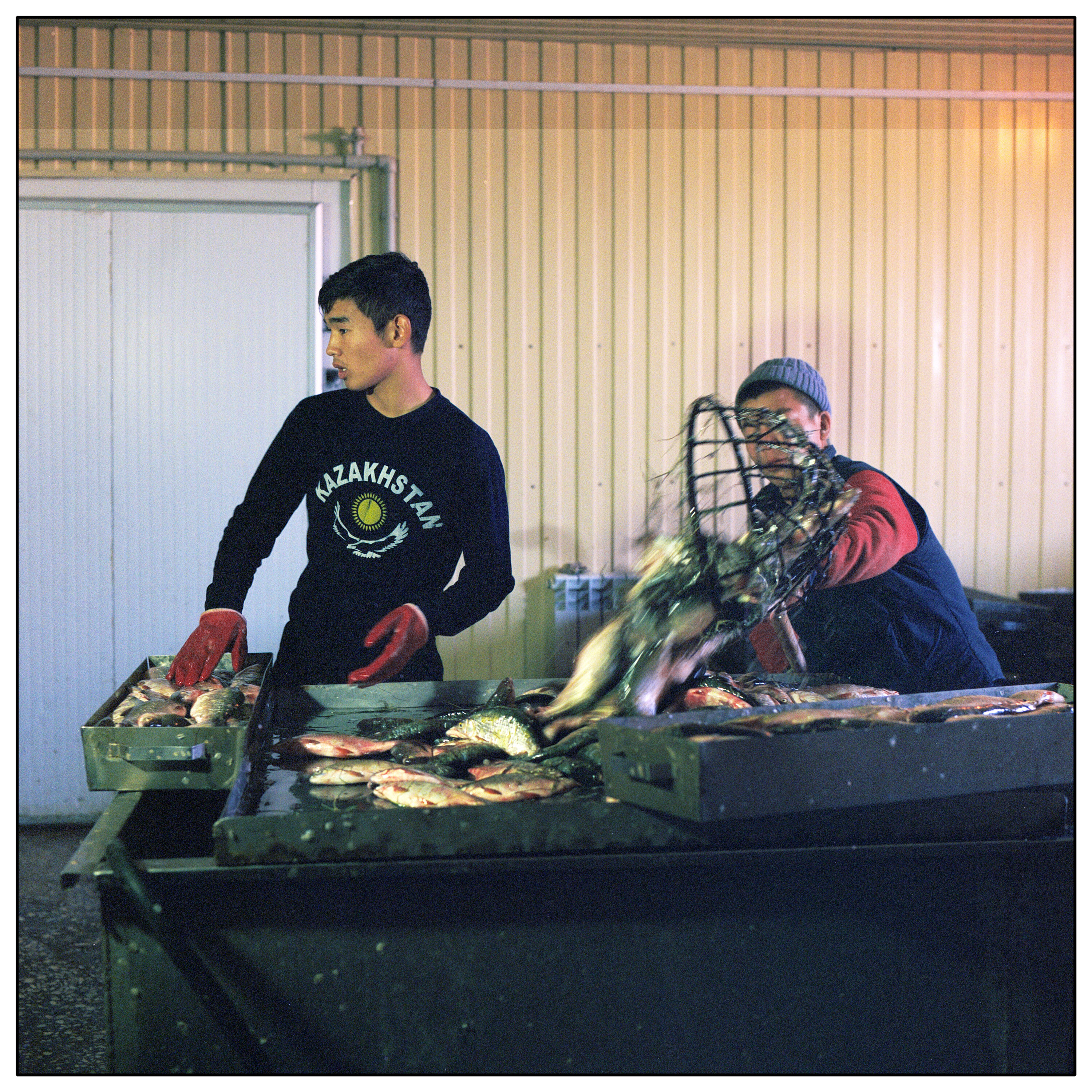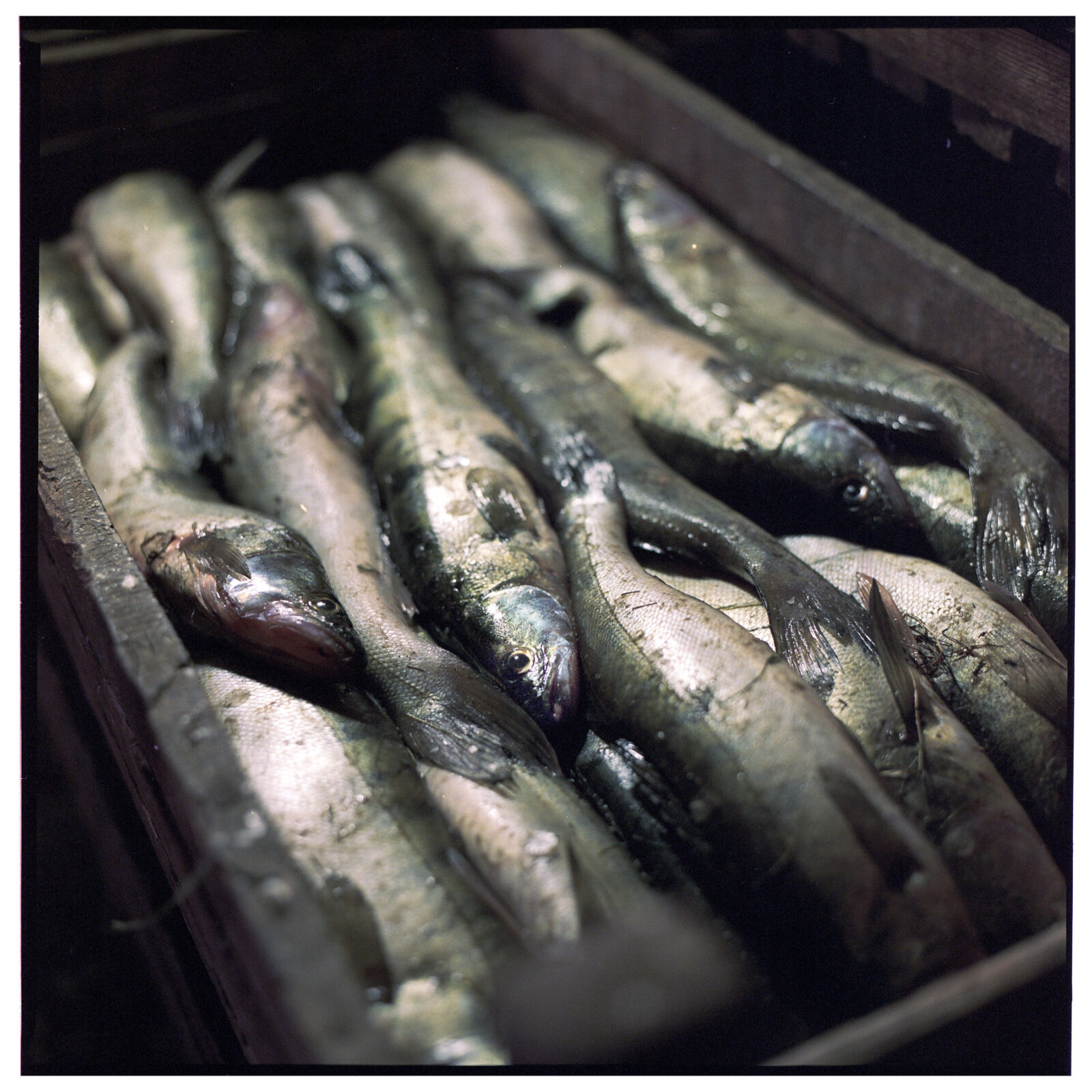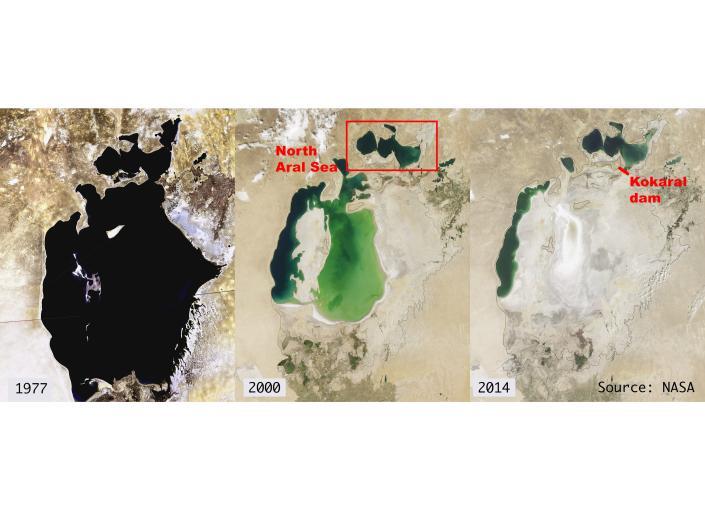It took just 40 years for the Aral Sea to dry up. Fishing ports suddenly found themselves in a desert.
But in one small part of the sea, water is returning.
The Aral Sea was the fourth-largest lake in the world, it is located in a desert between Uzbekistan and Kazakhstan. It began shrinking in the 1960s, when the Soviet Union decided that the two rivers feeding it, the Amu Darya and the Syr Darya, would be diverted to irrigate cotton and food crops in Kazakhstan and Uzbekistan. In 1986, due to an accelerated loss of water, the Aral Sea split into northern and southern parts. By 1997, it had declined to 10% of its original size, splitting into four lakes. By 2009 the southeastern lake had disappeared and the southwestern lake had retreated to a thin strip. In this process the salinity of the Aral Sea also increased, killing most of its natural flora and fauna, including the abundant freshwater fish species. As a consequence, the fishing industry around Aralsk (the main city of North Aral) declined, forcing a mass migration of people and impoverishing the region. Currently the sea is 15km from Aralsk harbour which shows a gosht image with cows pasturing between the port cranes and some parts of the former seabed are covered by a thick salt crust.
After the fall of the Soviet Union, the government of independent Kazakhstan decided to restore the northern lake fed by Syr Darya. There were two failed attempts to build a dike to contain the water, but collapsed due to the poorly construction. But, with the financial support of the World Bank, Kokaral dam project was completed in 2005 and the water level in this lake rise by 12m compared to 2003. As a result of that salinity dropped, and fish are again found in sufficient numbers for some fishing to be viable. Is also planned to start building another dike during 2019.
One of the tourism attractions of the Aral Sea are the stranded ships in the middle of the desert. But in the North side the population have been dismantling the ships to sell as metal scrap and earn some extra money. Thus by 2014 the former ships graveyard of Zhalanash vanished and all the rest dispersed (four ships) are being dismantling nowadays. Instead, the local business related to fishing are growing slowly, therefore there are some small frozen fish factories to which fishermen can sell their captures.
Hence, the shrinking of the Aral Sea has been called as one of the planet’s worst environmental tragedies. The region’s once-prosperous fishing industry has been essentially destroyed, bringing unemployment and economic hardship. But in the North part, not without effort, life is coming back and economy is not going so bad as precedent years Nevertheless it will not be as in the 1950s.



